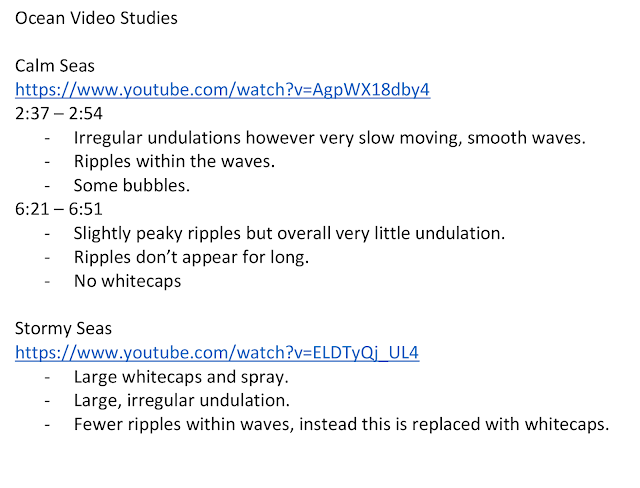This week, I converted the storyboard scenes into an animatic. This involved adding in-betweens to each action to clarify what was happening. The sound effects also helped bring this clarity to the film, using free sound files from online and pairing them with the actions. Me and Harry went over the timings for each scene, bringing it close to how the final film will be in the end. We figured it will roughly be 1 minute and 10 seconds, which is a manageable amount of animation to make in the time we have. The feedback from the tutor was that he liked the loose, sketchy-style to the animatic and that we were almost good to go with the animation. To improve it however, the sound effects are not the ones that will be used for the final film as we'll be creating our own. One of the scenes with a sped up cycle of many nights and days also didn't translate very well in the animatic but will do in its final form.
What Went Well
- This process was useful for estimating the timing and understanding that the animation we wanted to fit in was a manageable amount
- The sound gave clarity to the actions
- The tutor liked the sketchy, loose style to the animatic
- I didn't find working in a tra-digital format as rewarding as getting involved with the woodwork side of the project, however I understand the importance of this stage
- The sounds are not in their finalised forms but give a rough idea of the atmosphere
- The night and day cycle will be improved in the final product by using lighting instead of an effect
























